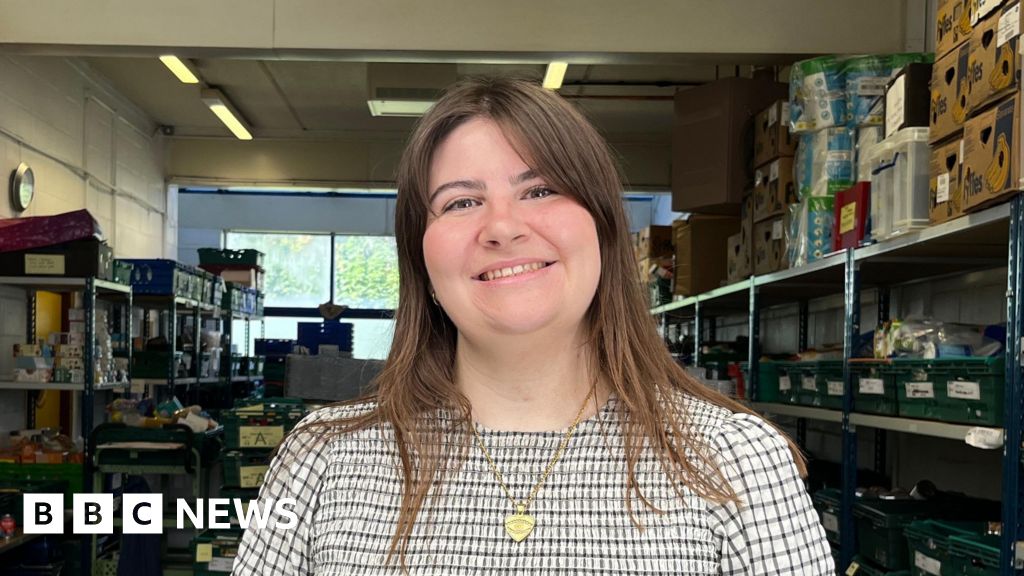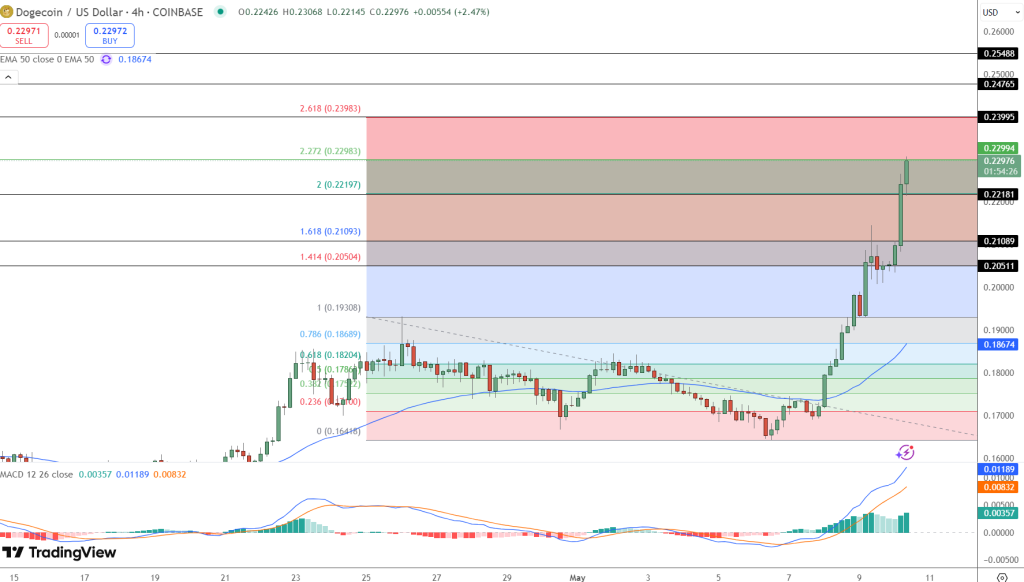Online shopping and payment, Man using tablet with shopping cart icon, Digital marketing, Banking … [+]
getty
While the U.S. economy has expanded through the first half of the year and economic resilience has shown to be steady so far, despite interest rates being raised to a 22-year high, worrying shifts in shopping habits could cause consumer spending to drop, thus slowing economic growth. Moderations in consumer spending may also be further compounded by the headwind of student loan repayments restarting later this year.
In the second quarter of 2023, real GDP increased at an annual rate of 2.1 percent and personal income increased to $69.5 billion (0.3 percent at a monthly rate) in June, with disposable personal income also showing an increase of 0.3 percent to $67.5 billion and personal consumption expenditures increasing 0.5 percent to $100.4 billion, according to the Bureau of Economic Analysis.
This increase in real GDP comes as a result of increases in consumer spending, which drives 65% of GDP, in addition to other factors such as increases in nonresidential fixed investment, state and local government spending, and federal government spending that were partly offset by decreases in exports, residential fixed investment, and private inventory investment, the BEA also reported.
“Retailers and manufacturers need to find the trigger points that will motivate the consumer to start to spend, despite reprioritization and the various economic challenges they are facing,” said Marshal Cohen, chief retail industry advisor for Circana, a leading advisor on the complexity of consumer behavior.
Why Differentiation May Be The Key To Increasing Consumer Spending
A company is said to be a differentiator when it can deliver more value to consumers than its competitors inconsequential to product/service pricing while still driving brand loyalty, a large customer base, and increased engagement in order to maximize revenue potential.
Alternatively, rather than leveraging a differentiation strategy to create a competitive advantage, a company can also lean on a competitive pricing strategy as the key stimulant for driving customer loyalty and engagement to realize greater revenue potential and increased margins resulting from reduced costs and economies of scale.
However, in times of economic stress, a differentiation strategy is more effective to drive consumer spending.
This is the case for Nvidia, which operates in an industry that has not yet fully recovered since becoming plagued by supply chain disruptions induced by the pandemic and geopolitical tension in recent years. Yet, the chipmaker continues to dominate the market, according to sources, holding more than 80% market share.
In Deloitte’s State of the U.S. Consumer July 2023 report, spending intentions elevated sharply across discretionary categories—particularly restaurants/takeout, leisure travel, and electronics.
Recent reports have also shown that companies operating in discretionary categories are more keen to leveraging differentiation strategies to maintain a competitive edge to boost consumer spending as opposed to competitive pricing.
Cava
Take the Cava Group, Inc. for example.
Cava, a restaurant chain grounded in the Mediterranean way of life, is honing their unique recipe blend for hard-to-replicate menu items that the company’s chief financial officer, Tricia Tolivar, believes will continue to drive consumer spending at Cava locations.
According to the latest consumer price index report by the Bureau of Economic Analysis, the food index rose 0.2 percent in July while the food at home index increased 0.3 percent over the month, after being unchanged in June but yet rose 3.6 percent over the last 12 months.
With the food at home index slightly outpacing the food away from home index, which rose 0.2 percent in July, Cava is leveraging its unique product offerings which are Mediterranean-style menu items that are difficult to re-create at home to keep consumers spending at their locations.
“This is certainly not something you can whip up at home when you’re trying to be quick and efficient,” Tolivar told the Wall Street Journal.
The Mediterranean fast-casual restaurant brand recently announced the closing of its initial public offering of 16,611,110 shares of its common stock at a price to the public of $22.00 per share, including the full exercise by the underwriters of their option to purchase up to 2,166,666 additional shares of common stock.
Since its IPO closing in June of this year, Cava reported a 62.4% increase in revenue to $171.1 million in its first quarter as a public company from $105.3 million in its previous quarter.
Affirm
Likewise, Affirm reported that its revenue increased to $446 million from $364 million, a 22% Y0Y increase with a gross merchandise volume (GMV) of $5.5 billion up from $4.4 billion last year, up 25% YoY.
“Despite significant changes in interest rates and consumer demand, we still delivered good credit results, unit economics and GMV growth,” said chief financial officer Michael Linford. “We also demonstrated that the business can continue to expand profitably even in a high interest-rate environment.”
The company believes its ability to leverage its proprietary technology, underwriting, and risk management approaches are key competitive differentiators in order to increase the frequency and usage of its financial solutions while pricing and assessing risk at the transaction level compared to legacy payment and credit systems.
This in turn gives consumers increased purchasing power in discretionary categories ranging from sporting goods and outdoors, furniture and homewares, travel and ticketing, apparel, accessories, consumer electronics, and jewelry.
For the fiscal years ended June 30, 2023 and 2022, 88% and 81%, respectively, of the transactions facilitated through Affirm’s platform were driven by repeat consumers, according to the company’s latest 10-K report.
“We saw a lot of traction in our travel and ticketing business. You saw the consumer out participating in the economy in those sort of event-driven, experiential-driven spending patterns” said Michael Linford during the earnings call.
Based on findings from a study conducted by Ipsos on behalf of the U.S. Travel Association, a little over half of all Americans are planning to travel for leisure purposes in the next 6 months.
Accordingly, CFO Michael Linford stated that the company has done a lot of work to continue to optimize the checkout experience so that they can increase both uptake and its ability to capture volume on those channels and others.
Uber
In the same vein, Uber Technologies, Inc., whose business model disrupted the taxi industry in 2009, launched Uber Eats in 2014, leveraging is differentiation strategy through its platform to provide online food ordering and delivery services to its customers.
“Our strategy remains to build best-in-class verticals across Mobility and Delivery and to amplify that leadership position through the power of our platform. As our Q2 results demonstrate, that strategy is working”, said Dara Khosrowshahi, chief executive officer of Uber Technologies, Inc.
Uber Eats saw gross delivery bookings grow 14% YoY on a constant-currency basis to $15.6 billion in Q2 2023. With over 100,000 new active merchants as of June 30, 2023 and $6 billion run-rate gross bookings in Q2 2023, demand for the grocery and new verticals product experience contributed to overall delivery growth.
“Delivery Gross Bookings YoY growth accelerated in Q2, with improving category position in a large majority of our top markets alongside meaningfully expanded profitability. We’re encouraged by the underlying trends, with basket inflation starting to normalize and Trip growth picking up as a result” Dara Khosrowshahi said.
Therefore, it is likely that companies with robust differentiation strategies—especially those operating in discretionary categories—will be better positioned to drive greater consumer spending amid economic stress and inflationary pressures.
Credit: Source link











